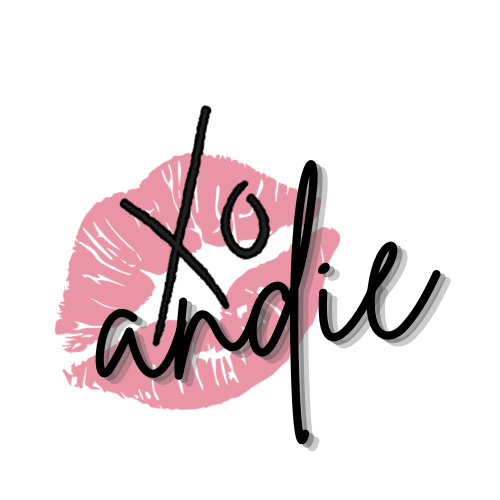Introduction
When it comes to beauty products, the list of ingredients can be overwhelming. While many ingredients are beneficial, some can be harmful to your skin and health. Here’s a rundown of ingredients that are commonly flagged as ones to avoid in beauty products.
1. Parabens
Parabens are widely used preservatives that prevent the growth of bacteria, mold, and yeast in cosmetics. However, they can mimic estrogen in the body and potentially lead to hormonal imbalances.
2. Phthalates
Phthalates are a group of chemicals used to make plastics more flexible and harder to break. They are often found in nail polishes, perfumes, lotions, and hair sprays. Phthalates are endocrine disruptors and have been linked to increased risk of breast cancer, early breast development in girls, and reproductive birth defects in males and females.
3. Formaldehyde
Formaldehyde and formaldehyde-releasing preservatives (FRPs) are used in many cosmetic products to help prevent bacteria growth. This chemical was deemed as a human carcinogen by The International Agency for Research on Carcinogens and can be harmful to the immune system.
4. Synthetic Colors
If you take a look at your product label and notice FD&C or D&C, they represent artificial colors. F — representing food and D&C representing drug and cosmetics. These synthetic colors are derived from petroleum or coal tar sources and are suspected to be a human carcinogen, a skin irritant, and are linked to ADHD in children.
5. Fragrance
This particular category is pretty tricky because what exactly “fragrance” means is often unclear. Fragrance blends can be composed of many different ingredients, and since they are considered trade secrets, companies aren’t required to disclose what makes up the scent. Fragrances can be associated with allergies, dermatitis, respiratory distress, and potential effects on the reproductive system.
6. Sodium Lauryl Sulfate (SLS)/Sodium Laureth Sulfate (SLES)
These surfactants can be found in more than 90% of personal care and cleaning products. SLS’s and SLES’s are known to be skin, lung, and eye irritants. A major concern about SLS/SLES is its potential to interact and combine with other chemicals to form nitrosamines, a carcinogen. These compounds can lead to a host of other issues like kidney and respiratory damage.
7. Toluene
A petrochemical derived from petroleum or coal tar sources, toluene is also found in nail polish, hair color/bleaching products. It can affect your respiratory system, cause nausea and irritate your skin. Exposure to toluene in pregnant women can lead to developmental damage in the fetus.
8. Propylene Glycol
Propylene glycol is a small organic alcohol commonly used as a skin-conditioning agent. It’s classified as a skin irritant and penetrator. It has been associated with causing dermatitis as well as hives in humans — these reactions can be even more severe if you have eczema or other skin allergies.
9. Sunscreen Chemicals
These chemicals, such as oxybenzone, avobenzone, octisalate, octocrylene, homosalate, and octinoxate, are used in many sunscreens to absorb ultraviolet light. However, they are also believed to be endocrine disruptors and may interfere with thyroid and other hormone processes in the body.
10. Triclosan
Triclosan is widely used as an antimicrobial chemical that’s also an endocrine disruptor, especially thyroid and reproductive hormones, and a skin irritant. Studies raise concerns that triclosan contributes to making bacteria antibiotic-resistant.
Conclusion
It’s important to be an informed consumer when it comes to the products you apply to your skin. While not everyone will experience negative effects from these ingredients, if you have sensitive skin or are concerned about the potential health impacts, it may be best to avoid them. Always check the label and do your research to ensure that your beauty routine is safe and healthy. For more detailed information on harmful ingredients in beauty products, resources like Byrdie and the Environmental Working Group’s Skin Deep database can be invaluable.

